Education
Skin Structure 101
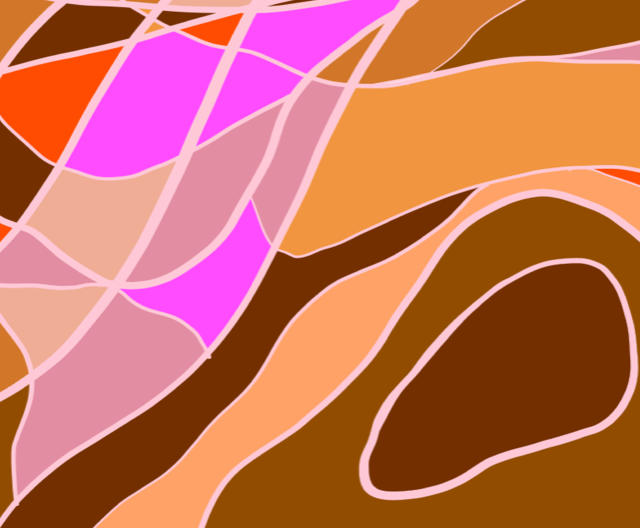
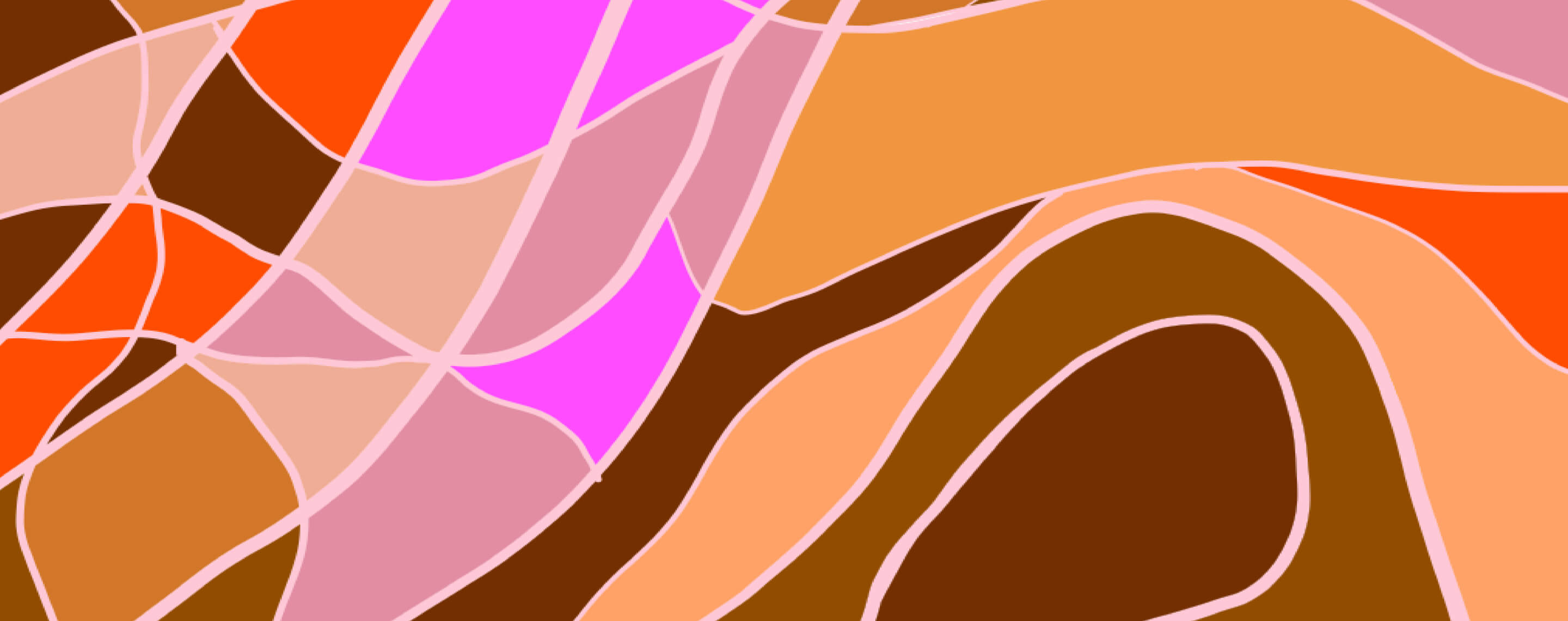
SHARE
Education
Skin Structure 101
Medically reviewed by Aimee Paik, MD
Written by Lisa Guerrera
Last updated 4/5/2022
Here is a primer on skin biology that you didn’t ask for but definitely needed. We’ve been seeing a lot of terms being thrown around social media like “epidermis," the “skin barrier," “stratum corneum," and “dermis”. Just so everyone is clear, here is a breakdown of your skin layers and their (very) important functions.
Epidermis
The “epidermis��” is the outermost layer of our skin. It’s the layer we all see, wash, moisturize, and care for on the daily. As simple as it can look from our vantage point, the epidermis is actually made up of 4-5 different layers depending on the region of your body you’re talking about.
The top layer is the stratum corneum– which is often referred to as the “skin barrier” colloquially. It’s made up of 10-30 layers of dead skin cells (or more accurately: corneocytes) that are stacked up together to protect your body from the outside world. Old dermatology wisdom used to say that this layer was just dead cells but newer research shows that this layer performs a lot of important biological functions like regulating water loss, UV protection, and fighting infection to name a few! But it isn’t all dead cells; this layer contains a network of lipids, keratin, and other water-retaining proteins that make up what we consider the “skin barrier.” This is the layer that also sees the most skincare action– many skincare products like cleansers and basic moisturizers tend to work in this layer only since their ingredients can’t penetrate to deeper layers. The next layer down is actually optional– it only shows up on your palms and the soles of your feet. The stratum lucidum is also referred to as the “clear layer” of your skin. And it’s responsible for the skin’s capacity to stretch in those regions. Arguably one of the less interesting components of skin but we’ll take it!

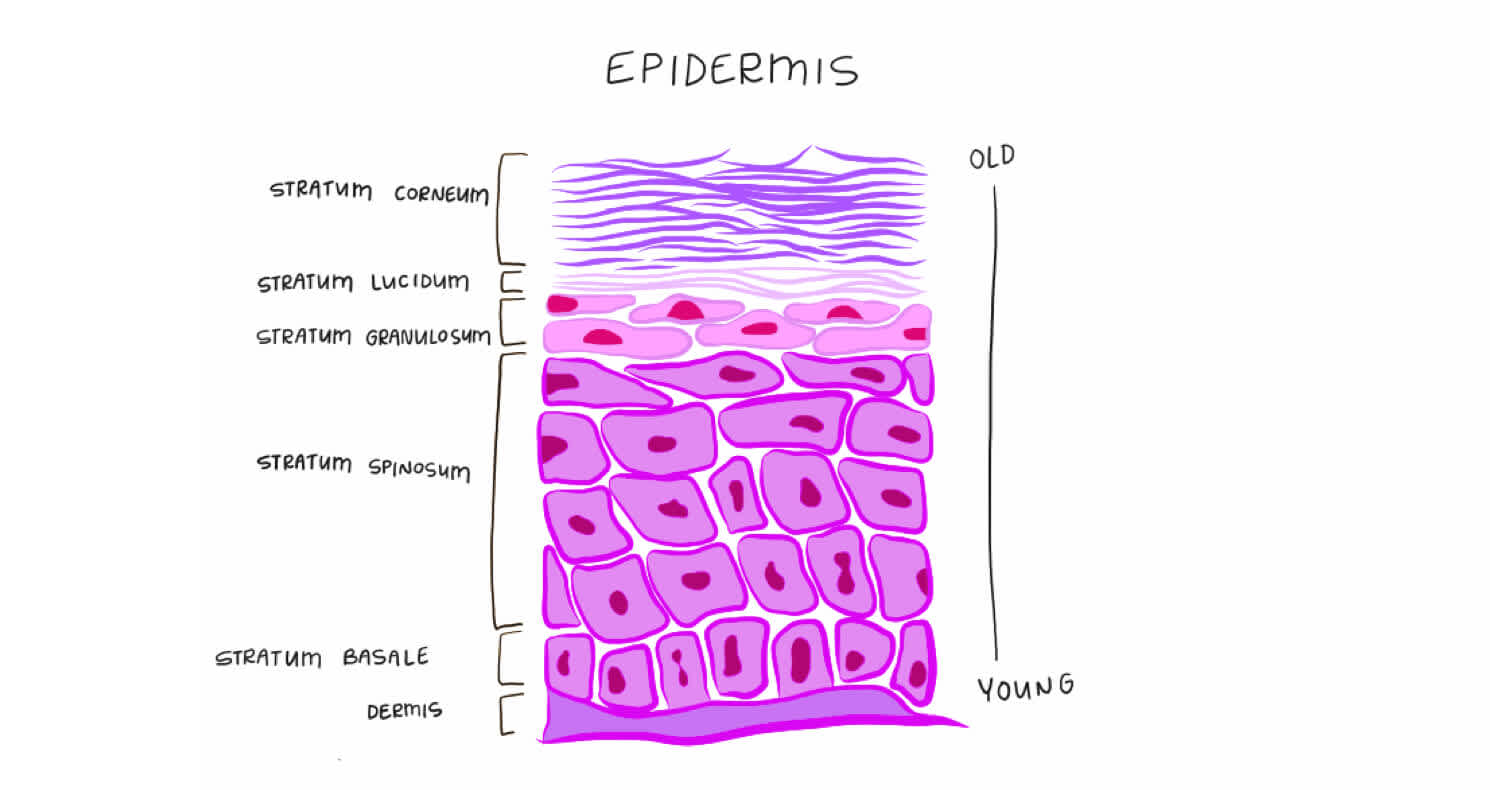
The next layer that appears everywhere in your skin is the stratum granulosum layer, also known as the “granular layer.” When this layer meets the layer above (usually the stratum corneum) The cells will secrete lipids and proteins that make up the skin barrier’s unique properties. Thanks stratum granulosum for your service!
The stratum spinosum, also called the “prickle layer”, is comprised of 8-10 layers of cells that have thick filaments around them made of keratin. These connections of keratin are important for skin structure and end up looking like a prickly spine on the cell under a microscope.
Finally, we reach the stratum basale, which is a single layer of cells that sits closest to the dermis. This is where cells divide with some of those moving up to the stratum spinosum.
Dermis
This is where a lot of the effective action is in skincare and where many brands claim their product “penetrates” to. The dermis can generally be categorized by two distinct layers with some interesting features along the way...
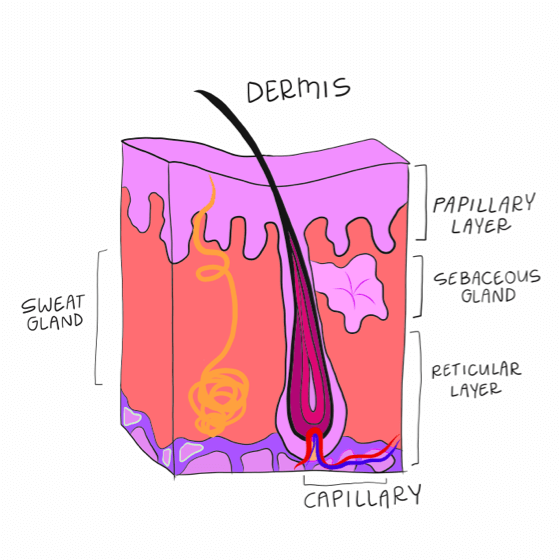
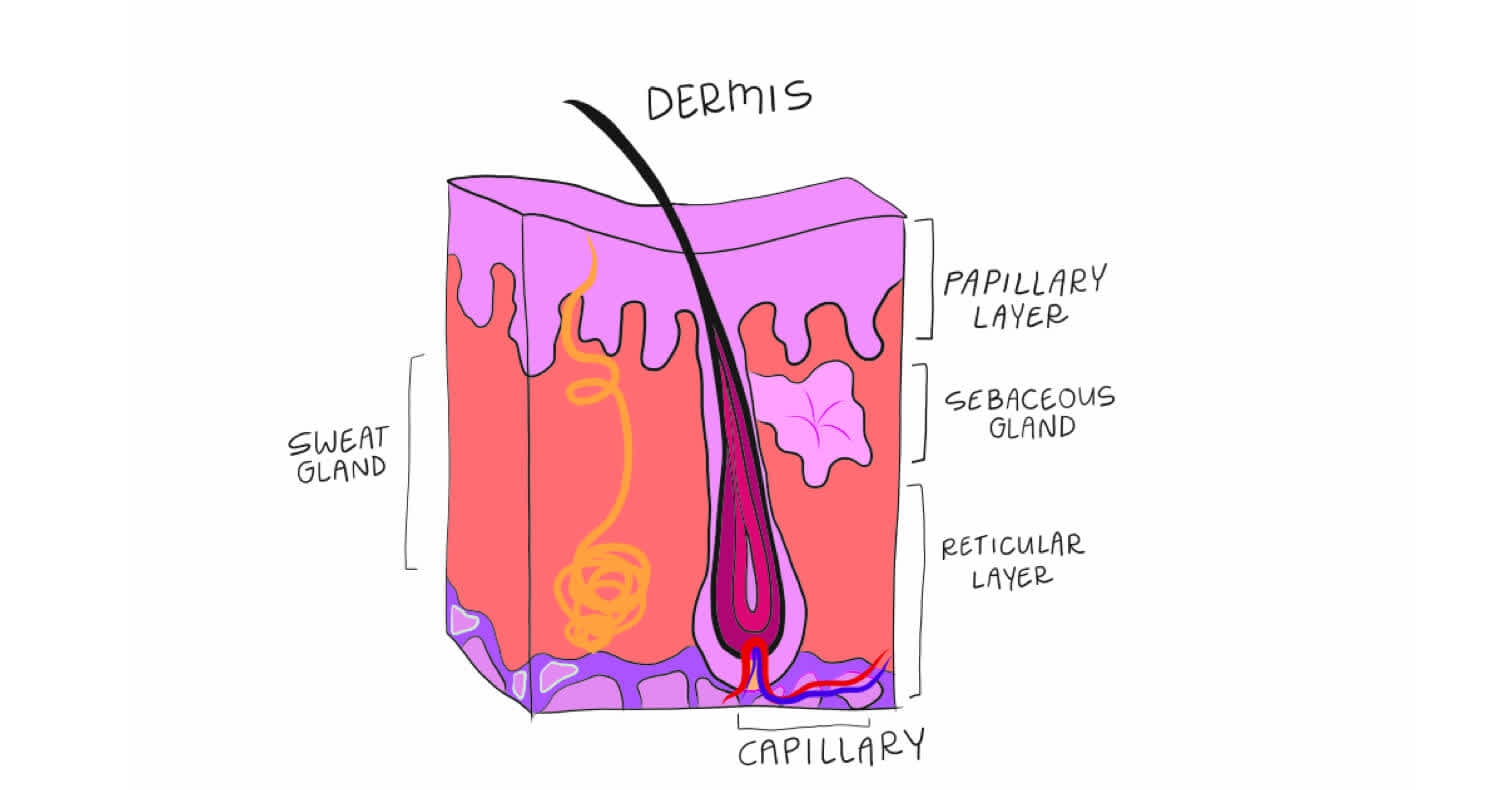
The papillary dermis is the upper region and has these cute ridges called “papillae”. They contain tiny networks of blood capillaries and support the epidermis through nutrient exchange. This is where skincare ingredient absorption may start to happen. A fun fact is that these ridges make up your unique hand and foot prints!
Underneath you have the reticular dermis, which is much thicker and denser than the Papillary layer above. It’s packed with all kinds of fun stuff like networks of collagen fibers, hair follicles, sebaceous glands (responsible for oil production), sweat glands, and blood vessels.
Hypodermis
This is where the line starts blurring between the “inside” of your body and the “outside” layers of skin. The hypodermis literally means “beneath the skin” in Greek and contains connective tissue, nerves, blood vessels, hair follicle roots, and layers of fat. The fat layer is usually referred to as subcutaneous fat, which can be found in pretty much every area of the body, with a notable exception of your eyelids!


So your skin is like an onion– there are a lot of layers involved. Dermatologists are doctors that specialize in knowing the skin inside and out, so they know what’s up when something goes wrong in one of your skin layers. We hope this helped broaden your skin vocabulary and armed you with the basics to learn more about how your skin (and skincare) works within your skin.
Like what you just read? Sign up for our email list to get the scoop on skincare science delivered straight to your inbox.

General
What is milia?
What is milia? Today, we’re jumping into one type of bump that you may have heard about most commonly in infants — milia.
Read More
General
Best moisturizer for acne-prone skin
If you have combination acne-prone skin, figuring out which moisturizer is best for your skin might be tough. In this guide, we break down the best moisturizer for combination, acne-prone skin.
Read More
General
How to build a face care routine
As you get into skincare, it might seem overwhelming, especially trying to figure out the order you're supposed to apply products in. Below, we detail how to build a face care routine for your skin!
Read More